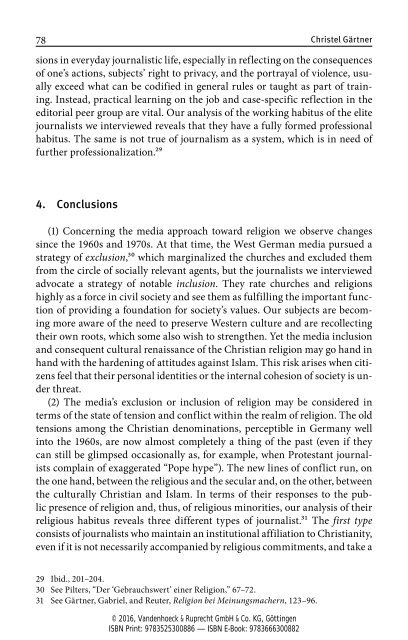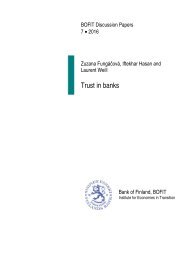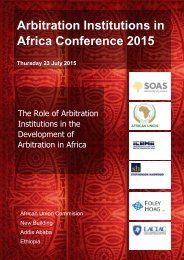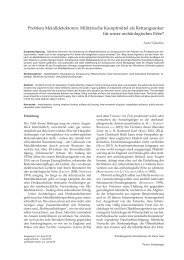Media and Minorities
9783666300882_ruhrmann_media_ebook_034247
9783666300882_ruhrmann_media_ebook_034247
You also want an ePaper? Increase the reach of your titles
YUMPU automatically turns print PDFs into web optimized ePapers that Google loves.
78<br />
Christel Gärtner<br />
sions in everyday journalistic life, especially in reflecting on the consequences<br />
of one’s actions, subjects’ right to privacy, <strong>and</strong> the portrayal of violence, usually<br />
exceed what can be codified in general rules or taught as part of training.<br />
Instead, practical learning on the job <strong>and</strong> case-specific reflection in the<br />
editorial peer group are vital. Our analysis of the working habitus of the elite<br />
journalists we interviewed reveals that they have a fully formed professional<br />
habitus. The same is not true of journalism as a system, which is in need of<br />
further professionalization.29<br />
4. Conclusions<br />
(1) Concerning the media approach toward religion we observe changes<br />
since the 1960s <strong>and</strong> 1970s. At that time, the West German media pursued a<br />
strategy of exclusion,30 which marginalized the churches <strong>and</strong> excluded them<br />
from the circle of socially relevant agents, but the journalists we interviewed<br />
advocate a strategy of notable inclusion. They rate churches <strong>and</strong> religions<br />
highly as a force in civil society <strong>and</strong> see them as fulfilling the important function<br />
of providing a foundation for society’s values. Our subjects are becoming<br />
more aware of the need to preserve Western culture <strong>and</strong> are recollecting<br />
their own roots, which some also wish to strengthen. Yet the media inclusion<br />
<strong>and</strong> consequent cultural renaissance of the Christian religion may go h<strong>and</strong> in<br />
h<strong>and</strong> with the hardening of attitudes against Islam. This risk arises when citizens<br />
feel that their personal identities or the internal cohesion of society is under<br />
threat.<br />
(2) The media’s exclusion or inclusion of religion may be considered in<br />
terms of the state of tension <strong>and</strong> conflict within the realm of religion. The old<br />
tensions among the Christian denominations, perceptible in Germany well<br />
into the 1960s, are now almost completely a thing of the past (even if they<br />
can still be glimpsed occasionally as, for example, when Protestant journalists<br />
complain of exaggerated “Pope hype”). The new lines of conflict run, on<br />
the one h<strong>and</strong>, between the religious <strong>and</strong> the secular <strong>and</strong>, on the other, between<br />
the culturally Christian <strong>and</strong> Islam. In terms of their responses to the public<br />
presence of religion <strong>and</strong>, thus, of religious minorities, our analysis of their<br />
religious habitus reveals three different types of journalist.31 The first type<br />
consists of journalists who maintain an institutional affiliation to Christianity,<br />
even if it is not necessarily accompanied by religious commitments, <strong>and</strong> take a<br />
29 Ibid., 201–204.<br />
30 See Pilters, “Der ‘Gebrauchswert’ einer Religion,” 67–72.<br />
31 See Gärtner, Gabriel, <strong>and</strong> Reuter, Religion bei Meinungsmachern, 123–96.<br />
© 2016, V<strong>and</strong>enhoeck & Ruprecht GmbH & Co. KG, Göttingen<br />
ISBN Print: 9783525300886 — ISBN E-Book: 9783666300882







